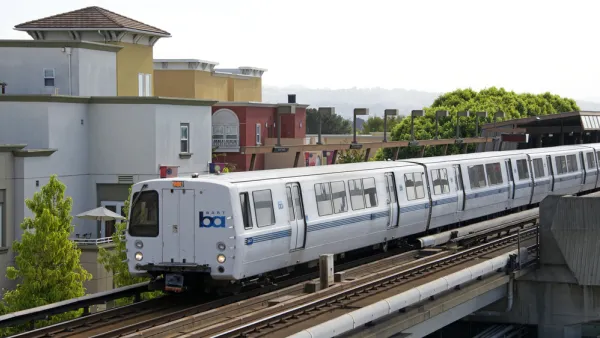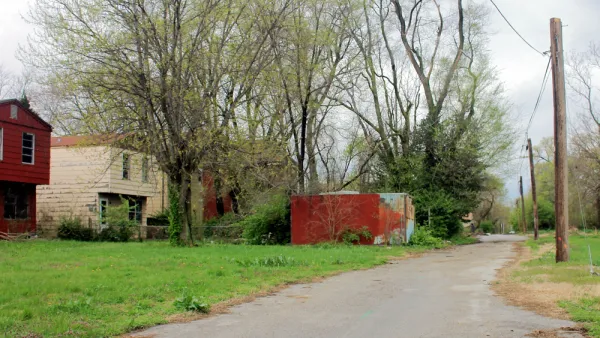A new report from City Observatory analyzes urban poverty and gentrification using census data from 1970 to 2010.
As Joe Cortright writes in Next City, City Observatory has created a new report analyzing the relationship between urban poverty and gentrification in American cities from 1970 to 2010. Specifically, the organization asked the question, “how many neighborhoods that used to have high rates of poverty have actually gentrified and how many people have actually been displaced by this new development?”
The results are found in the report titled, "Lost in Place: Why the persistence and spread of concentrated poverty–not gentrification–is our biggest urban challenge." Cortright summarizes some of the surprising findings, like how the hyper-gentrification of Williamsburg, for example, is rare throughout the country, as “[l]ess than 5 percent of 1970 high poverty neighborhoods have seen their poverty rates fall to below the national average over the past four decades. Far more common, and largely unnoticed, is a counter trend: the number of high-poverty neighborhoods in the U.S. has tripled, and the number of poor persons living in them has doubled since 1970. This growing concentration of poverty is the biggest problem confronting American cities.”
Cortright presents other findings from the report in his piece, like the deepening concentrations of poverty in neighborhoods and their population instability.
FULL STORY: More People in Cities Today Live in Poverty Than in 1970

Analysis: Cybertruck Fatality Rate Far Exceeds That of Ford Pinto
The Tesla Cybertruck was recalled seven times last year.

National Parks Layoffs Will Cause Communities to Lose Billions
Thousands of essential park workers were laid off this week, just before the busy spring break season.

Retro-silient?: America’s First “Eco-burb,” The Woodlands Turns 50
A master-planned community north of Houston offers lessons on green infrastructure and resilient design, but falls short of its founder’s lofty affordability and walkability goals.

Test News Post 1
This is a summary

Analysis: Cybertruck Fatality Rate Far Exceeds That of Ford Pinto
The Tesla Cybertruck was recalled seven times last year.

Test News Headline 46
Test for the image on the front page.
Urban Design for Planners 1: Software Tools
This six-course series explores essential urban design concepts using open source software and equips planners with the tools they need to participate fully in the urban design process.
Planning for Universal Design
Learn the tools for implementing Universal Design in planning regulations.
EMC Planning Group, Inc.
Planetizen
Planetizen
Mpact (formerly Rail~Volution)
Great Falls Development Authority, Inc.
HUDs Office of Policy Development and Research
NYU Wagner Graduate School of Public Service



























